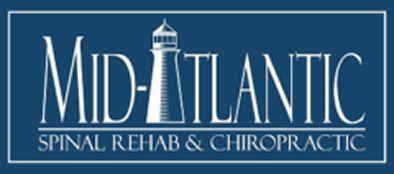More On Disc Herniations Resulting from Baltimore Auto Accidents
In the last blog post I mentioned the prevalence of disc herniations in the asymptomatic population. We discussed that despite prevailing thought that approximately 50% of the population has an asymptomatic (painless) herniated discs, we discovered that the true number is probably closer to 20%. The other 80 percent of population that has herniated discs get to be this way due to the gradual breakdown of the discs, usually initiated by a series of micro traumas, and can also result from overt traumatic events such as falls, and motor vehicle collisions (Baltimore Auto Accidents).
So now that we know how prevalent these injuries are, what exactly IS a herniated disc? I am sure we have all heard about “slipped” “prolapsed” “blown out” “ruptured discs” and “shredded” discs, but what does it all mean?
Fortunately the American Society of Neuroradiology and the North American Spine Society have come together to release terms that all doctors and laypeople can use to discuss disc pathology in order to better understand what is going on.
1. Disc Bulges– A common term denoting less than 3 mm of extension beyond the normal disc margin. There can be symmetrical bulging or asymmetrical bulging (right sided vs. left). These are not considered herniated discs.
2. Disc Protrusions- A type of disc herniation where the distance of protrusion is less than the width of the base.
3. Disc Extrusions- A type of disc herniation where the distance of protrusion exceeds the width of the base.
3b. Sequestered Disc Fragments– These are a specific type of disc herniation where the extruded disc fragment has penetrated the outer annular fibers and has broken loose.
An important thing to consider as a Chiropractor that treats patients involved in Baltimore auto accidents resulting in disc bulges, disc protrusions and disc extrusions is that everyone is different. That is, just ordering an MRI and having an MRI report does not tell me how to best help a symptomatic patient. Typically, I concern myself with the degree, if any, there is neurological compression in the spine. That is, typically the bigger disc injuries (disc extrusions) cause more neurological findings such as numbness, tingling, or weakness, and need to be treated more cautiously. Provided that there are no signs of stenosis or lower motor neuron lesions, it is typically safe to perform Chiropractic spinal manipulation/mobilization to the affected spinal levels. As always, patient preference is taken into account and patients that are fearful of being adjusted will instead be focused on corrective therapeutic exercises and spinal mobilization, similar to what they would do if they were being treated by a physical therapist.
Most patients with disc bulges and protrusions respond favorably to chiropractic care. Those that do not respond to care are referred to an orthopedic spinal specialist for a second opinion and future treatment recommendations. Although every case is unique, as a general rule, most bulges and protrusions do well with chiropractic care, while most extruded discs with and without sequestered fragments are typically not as responsive to care and are referred out to a specialist quickly.
If you, or someone you know has suffered from a disc bulge, disc protrusion, and/or disc extrusion as a result of a Baltimore auto accident and are in need of treatment, please contact Mid-Atlantic Spinal Rehab & Chiropractic at (443) 842-5500. We would be glad to help!
Dr. Gulitz
